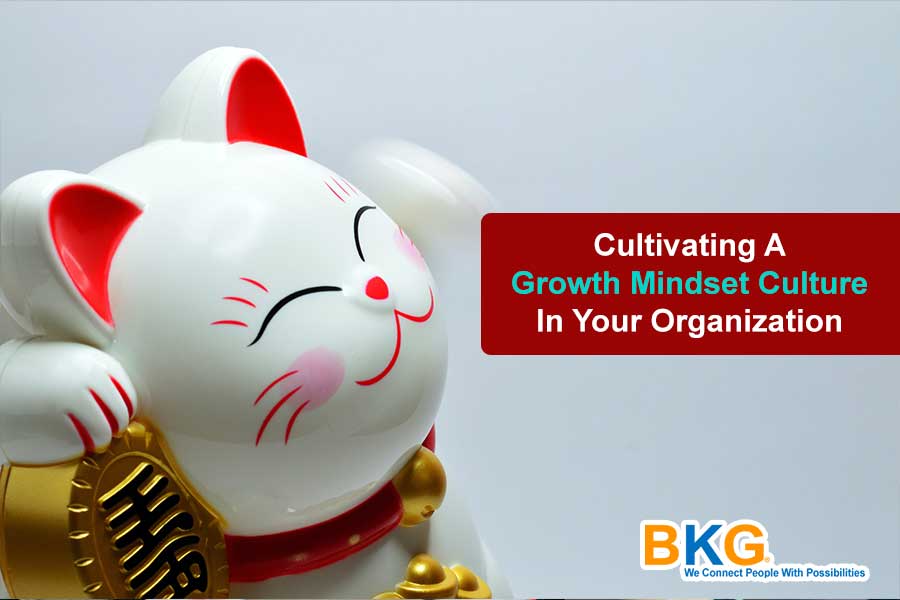
Hello there! Are you all set to boost your company’s growth? In this blog, we’re going to talk about creating a culture that helps your organization grow. We’ll look at how to encourage a mindset that tackles challenges, appreciates learning, and sparks innovation. Stick with me as we explore the important elements and practical approaches to nurture this positive mindset throughout your whole organization.
Welcome to the realm of endless possibilities, where a growth mindset lays the foundation for continuous improvement and success. As organizational leaders, cultivating this mindset within your teams is a powerful catalyst for innovation and resilience. Join us on this journey as we explore the profound impact of a growth mindset culture and provide actionable insights for its cultivation.
Understanding the Essence of a Growth Mindset
A. Embracing Challenges as Opportunities
At the core of a growth mindset lies the ability to view challenges not as insurmountable obstacles, but as opportunities for learning and improvement. We’ll delve into the mindset shift required to see challenges as a pathway to growth and how this perspective can positively impact individual and collective performance.
B. Valuing Effort and Persistence
A growth mindset thrives on the recognition of effort and persistence. We’ll explore the importance of acknowledging hard work and dedication, fostering a culture where individuals understand that continuous effort, even in the face of setbacks, leads to mastery and success.
Key Components of a Growth Mindset Culture
A. Leadership’s Role in Setting the Tone
Leadership plays a pivotal role in shaping the organizational culture. We’ll discuss how leaders can set the tone for a growth mindset by exemplifying the characteristics of curiosity, resilience, and a willingness to learn. Leading by example creates a culture where employees feel empowered to embrace challenges and seek continuous improvement.
B. Fostering a Learning Environment
A growth mindset culture thrives in an environment that prioritizes learning. We’ll explore strategies for creating a learning-centric workplace, including providing access to educational resources, encouraging skill development, and fostering a sense of intellectual curiosity among team members.
C. Encouraging Open Communication and Feedback
Communication is the lifeblood of a growth mindset culture. We’ll discuss the importance of open communication channels and constructive feedback. Creating an atmosphere where individuals feel comfortable sharing ideas, providing input, and receiving feedback promotes a culture of continuous improvement.
D. Recognizing and Celebrating Progress
Acknowledging and celebrating progress, no matter how small, is a cornerstone of a growth mindset culture. We’ll explore the psychological impact of recognizing achievements and milestones, fostering a positive and motivating environment that encourages individuals to strive for continuous growth.
Strategies for Cultivating a Growth Mindset
A. Providing Learning Opportunities
Organizations can actively cultivate a growth mindset by providing ample learning opportunities. We’ll explore the benefits of workshops, training programs, and mentorship initiatives that empower employees to acquire new skills, expand their knowledge, and embrace challenges as avenues for growth.
B. Empowering Employees to Take Risks
Risk-taking is inherent to growth, and a growth mindset culture encourages calculated risks. We’ll discuss strategies for empowering employees to step outside their comfort zones, take on new challenges, and see failures not as setbacks but as valuable learning experiences.
C. Building a Culture of Collaboration
Collaboration is a catalyst for innovation and growth. We’ll explore how fostering a collaborative environment, where diverse perspectives are valued and teamwork is encouraged, contributes to a culture where individuals leverage collective strengths to overcome challenges and drive organizational success.
Measuring and Sustaining a Growth Mindset Culture
A. Developing Key Performance Indicators (KPIs)
Measuring the effectiveness of a growth mindset culture requires the development of relevant Key Performance Indicators (KPIs). We’ll discuss how organizations can establish KPIs that align with the principles of a growth mindset, providing tangible metrics to gauge progress and success.
B. Embedding Growth Mindset Principles in Performance Reviews
Performance reviews offer a strategic opportunity to reinforce and assess a growth mindset culture. We’ll explore how incorporating growth mindset principles into performance evaluations can motivate employees, highlight areas for development, and reinforce the organization’s commitment to continuous improvement.
Conclusion: Nurturing a Culture of Infinite Possibilities
As we conclude this exploration, envision a workplace where challenges are met with enthusiasm, effort is celebrated, and learning knows no bounds. Cultivating a growth mindset culture is not just a journey; it’s a commitment to nurturing a culture of infinite possibilities. With leadership guidance, a focus on learning, and intentional strategies, organizations can create an environment where every individual contributes to the collective growth and success of the organization.
